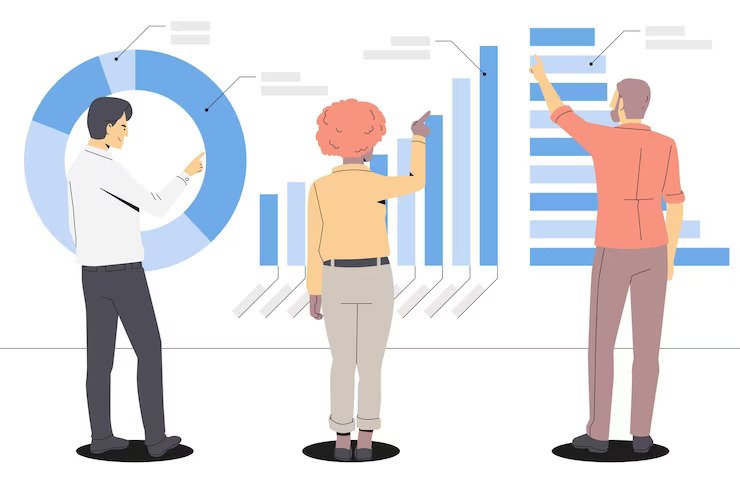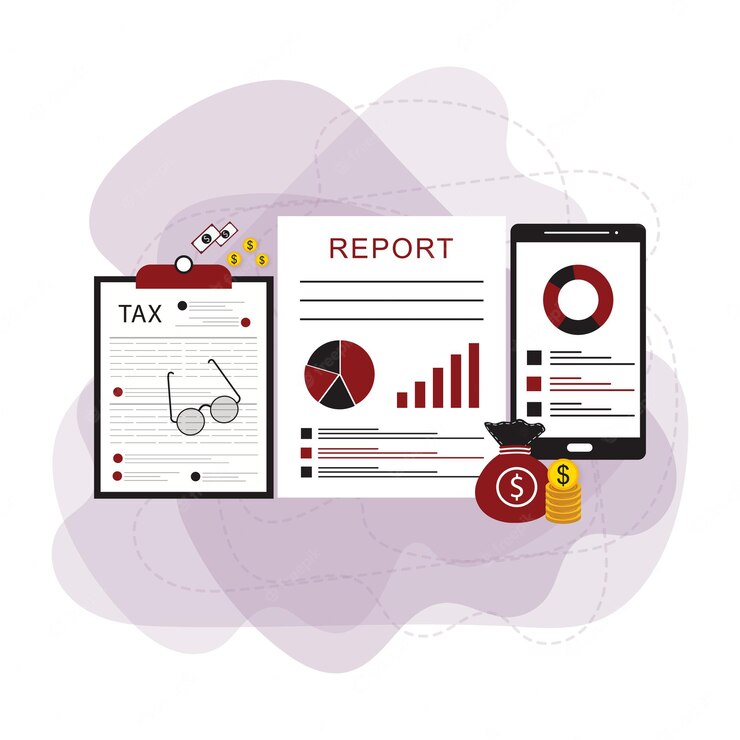How BI Reporting Is Shaping Modern Business
by Debamalya Mukherjee Business Published on: 31 August 2023 Last Updated on: 01 September 2023

In today’s rapidly evolving business landscape, data has emerged as the lifeblood of enterprises, powering decisions, and strategies, and even forging new business avenues. But raw data, with its vastness and complexity, is akin to an uncut diamond; its true value shines through only when processed and presented in a comprehensible manner. Enter Business Intelligence (BI) Reporting — the bridge between raw data and actionable insights.
For the uninitiated, BI might sound like yet another tech buzzword in the cacophony of modern business jargon. But in essence, it represents a seismic shift in how businesses operate, strategize, and thrive. Gone are the days when decisions were solely based on instincts or past experiences. In this age, companies equipped with powerful BI tools have the capability to mine insights from data, forecast trends, and make informed decisions that drive tangible outcomes.
At its heart, BI Reporting is more than just charts and graphs. It’s a toolset, a mindset, and a compass that points businesses in the direction of growth, efficiency, and innovation. As we delve deeper into this realm, we’ll explore the nuances of BI reporting, its transformative impact, and why, for businesses, it’s no longer a luxury but a necessity.
Understanding BI Reporting

In the grand theater of business operations, if data were the actors, then BI Reporting would be the director—orchestrating, guiding, and ensuring that every piece of data plays its part to perfection. But what exactly is BI Reporting, and why has it become the talk of the town in boardrooms across the globe? Let’s unravel the mystery.
At its core, Business Intelligence (BI) Reporting is the process of collecting, processing and presenting data in an insightful manner. It involves extracting relevant data from various sources, analyzing it, and then displaying it in visual formats such as charts, graphs, and dashboards. These visuals not only make data more digestible but also highlight patterns, trends, and anomalies that might go unnoticed in raw datasets.
Components of BI
- Data Warehousing: Before data can be analyzed, it needs to be stored. Data warehousing involves collecting data from diverse sources and storing it in a unified database.
- Data Mining: This is where the magic happens. Using sophisticated algorithms and tools, data mining extracts patterns and insights from the vast volumes of stored data.
- Reporting Tools: These are software solutions that transform analyzed data into visual reports. They offer features like drag-and-drop interfaces, real-time updates, and customizable dashboards.
- Data Visualization: Beyond basic charts, data visualization tools enable the creation of interactive graphs, heat maps, and even geographical data plots.
Why BI Reporting Matters
In today’s competitive business environment, information is power. BI Reporting provides businesses with the information they need in a timely and accessible manner. It:
Reduces guesswork by offering data-backed insights.
Aids in swift decision-making by presenting real-time data.
Unearths hidden trends or problems that can be addressed proactively.
Supports strategic planning by providing forecasts based on historical data.
Think of BI Reporting as the navigator for a ship called ‘Business.’ It doesn’t just point out where the ship is but also indicates where it should head next, based on the currents (data) it observes. In a world where the winds of market dynamics are ever-changing, BI Reporting ensures that businesses don’t just sail, but soar.
Key Benefits of Integrating BI Reporting

.
.
In an era where data-driven strategies underpin business success, BI Reporting stands out as a beacon, guiding enterprises through the mists of raw data to the clarity of informed decision-making. The value of BI Reporting goes beyond mere data representation, anchoring itself firmly in tangible business outcomes.
Central to the appeal of BI Reporting is the enhanced decision-making it facilitates. Gone are the days of basing crucial decisions on mere instinct or outdated reports. In its place, we see the rise of insight-driven strategies. Graphical representations, with their engaging visuals, turn complicated data sets into clear narratives. This clarity allows stakeholders at every level to grasp complex insights swiftly, ensuring that businesses remain agile in their strategic pivots.
Another compelling advantage of BI Reporting is its uncanny ability to unearth hidden patterns within the data. Through advanced analytics, subtle trends, and anomalies emerge from the background, highlighting unseen opportunities or warning of potential pitfalls. Coupled with predictive analysis, businesses find themselves not only reacting to the present but proactively shaping their future strategies based on historical trends.
Operational efficiency is yet another feather in BI Reporting’s cap. By automating many of the manual processes associated with report generation, businesses save time and reduce errors. Moreover, the promise of real-time data access ensures that any operational hiccups can be identified and addressed instantly.
On the financial front, BI Reporting proves its weight in gold. Identifying operational inefficiencies means resources can be optimized, resulting in cost savings. Additionally, detailed insights into various initiatives’ return on investment ensure that resources are allocated where they’ll have the most impact.
In today’s fiercely competitive market, the insights derived from BI Reporting can offer businesses a distinct edge. The ability to swiftly adapt strategies based on real-time data can set a company apart from its competitors. Furthermore, in-depth consumer insights allow for the tailoring of products, services, and marketing efforts to resonate more profoundly with target audiences.
Lastly, the collaborative potential of BI Reporting should not be overlooked. With centralized data repositories, teams from different departments can access consistent data, fostering an environment of collaboration. Shared dashboards and tools facilitate discussions, making it easier for teams to align on strategies and insights.
In essence, the integration of BI Reporting into a business’s operational framework is a game-changer. It’s not merely a tool but a transformative force, propelling businesses into a future where decisions are precise, strategies are informed, and success is data-driven.
The Future of BI Reporting in Business
Business Intelligence (BI) Reporting, once a novel concept, has solidified its place as a linchpin in the modern business arsenal. As we venture further into this digital age, the horizon for BI Reporting brims with promise and potential.
Emerging technologies like Artificial Intelligence (AI) and machine learning are set to revolutionize the landscape. Imagine BI tools that not only analyze past data but predict future trends with even greater accuracy, offering businesses foresight like never before. Coupled with the rise of cloud computing, real-time data analysis will become even more accessible, allowing for instantaneous strategic pivots irrespective of geographical constraints.
User experience is another frontier on the cusp of evolution. Future BI tools will likely offer more intuitive and interactive dashboards, enabling individuals, regardless of their technical proficiency, to derive insights effortlessly. This democratization of data will foster a culture of informed decision-making across all tiers of an organization.
Moreover, the fusion of BI with other technological advancements, such as the Internet of Things (IoT), could open doors to unparalleled data sources, painting an even more comprehensive picture of business landscapes.
In sum, as businesses grapple with an increasingly complex and dynamic world, BI Reporting will be their compass, guiding them through uncertainties and illuminating the path to success.
Read Also:







































































































